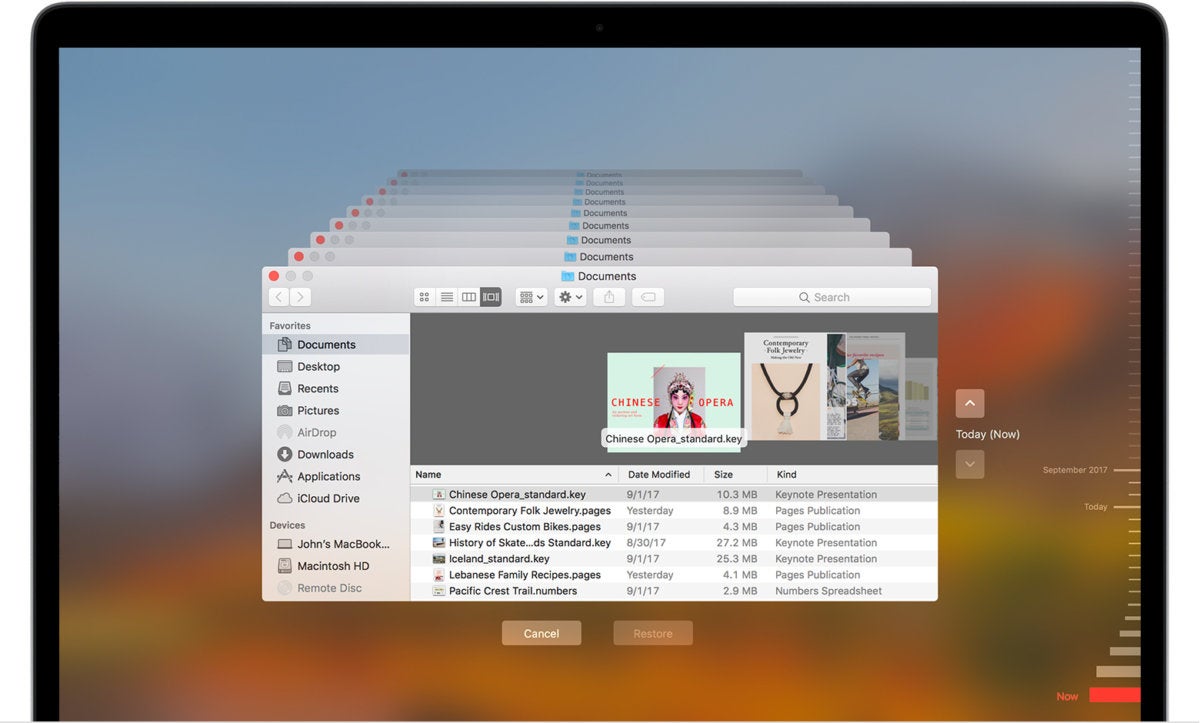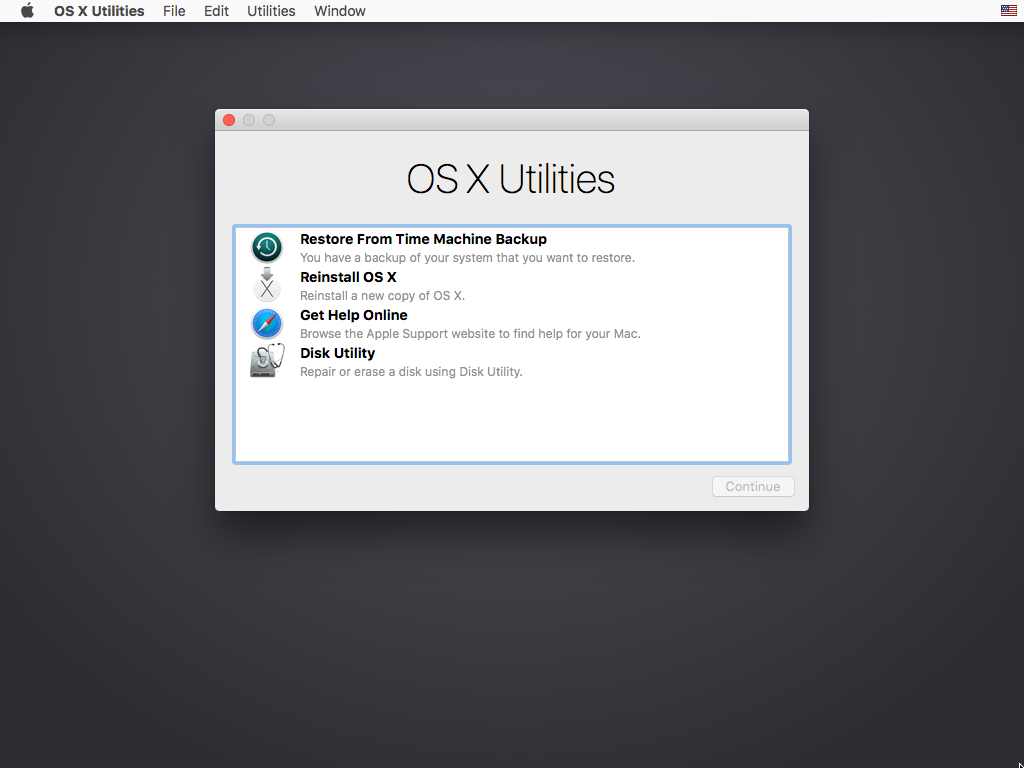

The installation process will run, and once it’s done, you should boot into a fresh copy of macOS, with your files hopefully intact. You’ll have to agree to the terms of service and choose the drive to which you want to install. On the Recovery Mode splash screen, select “Reinstall macOS,” which will bring up the installer. Still, it’s best to make a backup first, which you can do in Disk Utility without loading into macOS. Note for others doing a fresh OSX install and restore from Time Machine: Be sure to use a temporary account name or an account name different from the one that was used to do the backup.


This assumes, of course, that your drive is still working and isn’t completely corrupted, which may cause issues. Luckily, you won’t lose your files when reinstalling macOS, as it uses the same process as upgrading. However, if Disk Utility reports that it can’t fix some errors, it’s probably a good time to back up anything you can and replace your disk. If often can fix more on the second run-through. If Disk Utility wasn’t able to fix all your problems, you could try running it again. Disk Utility won’t be able to fix a failing disk.Īfter it’s done, try booting into macOS again. (if you’re not already doing it) and replacing the disk. If the Disk Utility tells you that your drive is about to fail, take it seriously. The Recovery Partition on all Macs comes loaded with Disk Utility, which can run “First Aid” on a drive that may be corrupted, and attempt to fix some of the issues. Step 1: Connect your Mac with the Time Machine backup drive. Run First Aid From Your Recovery Partition If you deleted files by mistake, follow the steps below to get them back.


 0 kommentar(er)
0 kommentar(er)
